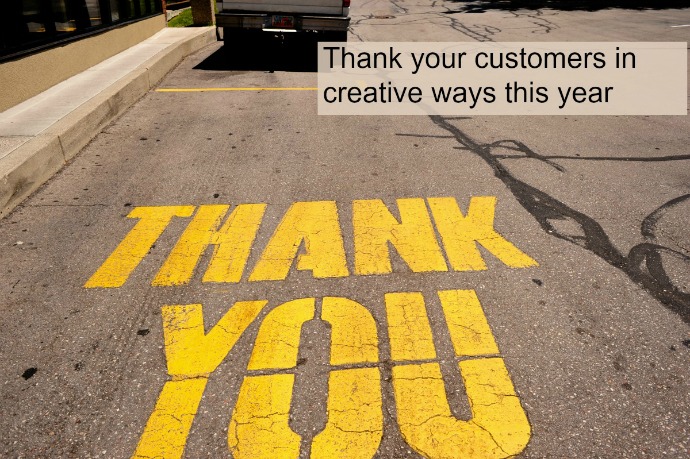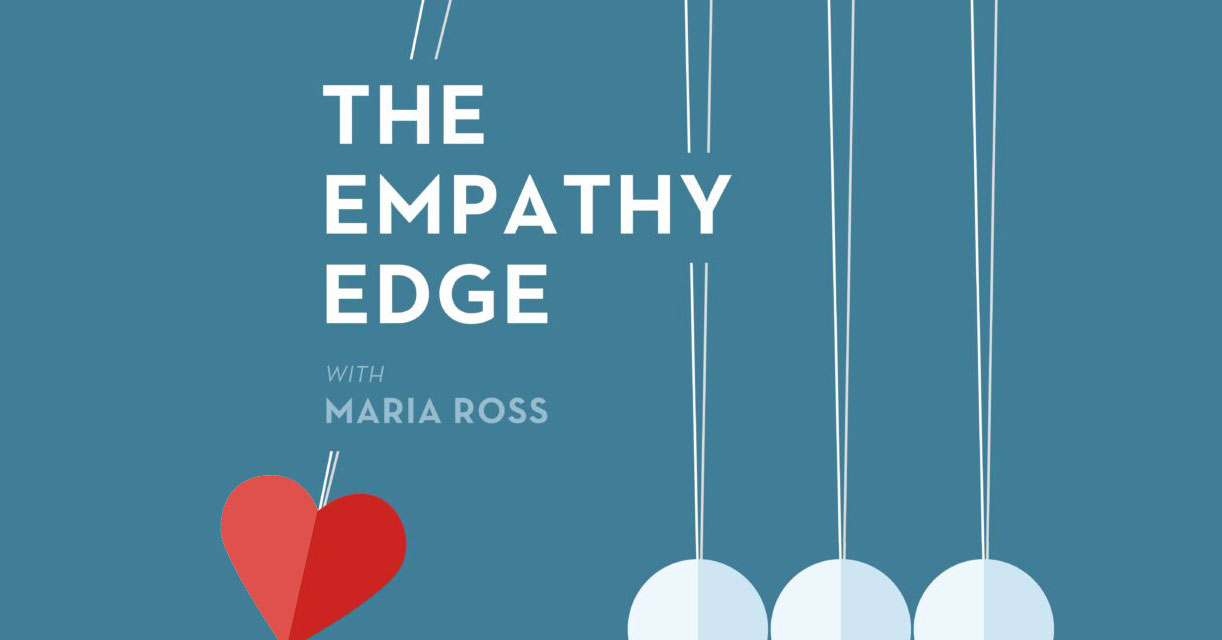2015 is right around the corner (seriously?! What the….?!). If you’re like me, you are hibernating in a bit of strategy and reflection mode for what to do with your business or brand in the coming year.
For me, it’s about helping you (and myself) create more marketing with meaning. To find a deeper purpose in the work. To stand out by not trying to reach the lowest common denominator but by inspiring people who are committed to making the world a better place with their ideas, in ways big and small. (ahem…people like YOU!)
Whether you’re focused on your business, book, online platform or non-profit project next year, here’s some inspiration and clarity for you: 20 of the best branding and business quotes out there. Does one resonate with you? If so, write it down and pin it to your computer or desk so you can keep that focus right in front of you.
And please Tweet or share your favorite ones. There’s a tweetable down below for you with mine!
- “Content is of great importance, but we must not underestimate the value of style” ― Maya Angelou, Author
- “What people want is the extra, the emotional bonus they get when they buy something they love” ―Seth Godin, best selling author, marketer, and entrepreneur
- “Our job is to make change. Our job is to connect people, to interact with them in a way that leaves them better than we found them, more able to get where they would like to go. Every time we waste that opportunity, every sentence that doesn’t do enough to advance the cause, is a waste.” ― Seth Godin
- “Making promises and keeping them is a great way to build a brand.” ― Seth Godin
- “Time, energy and talent can be more important than a budget “― Scott Harrison, founder charity:water
- “A business has to be evolving, it has to be fun, and it has to exercise your creative interests.” ― Richard Branson
- “Engage rather than sell … work as a co-creator, not a marketer.” ― Tom H.C. Anderson, NextGen Market Research
- “Statistics suggest that when customers complain, business owners and managers ought to get excited about it. The complaining customer represents a huge opportunity for more business.” ― Zig Ziglar, American author, salesman, and motivational speaker
- “Give them QUALITY. That’s the best kind of advertising.” ― Milton Hershey, Founder of The Hersey Chocolate Company
- “Tell a story. Make it true. Make it compelling. And make it relevant.” ― Rand Fishkin, Founder of Moz (Tweet this!)
- “The future of business is SOCIAL” ― Barry Libert, Strategic Advisor
- “In this ever-changing society, the most powerful and enduring brands are built from the heart. They are real and sustainable. Their foundations are stronger because they are built with the strength of the human spirit, not an ad campaign. The companies that are lasting are those that are authentic.” ― Howard Schultz, Pour Your Heart Into It: How Starbucks Built a Company One Cup at a Time
- “People change, and so do their aspirations, and so should brands.” ― Laura Busche, Lean Branding
- “Make sure you test your brand story’s recipe with whomever you’re cooking it for.” ― Laura Busche, Lean Branding
- “Always remember: a brand is the most valuable piece of real estate in the world; a corner of someone’s mind.” ― John Hegarty, Hegarty on Advertising
- Your brand is what other people say about you when you’re not in the room.” ― Jeff Bezos, founder of Amazon.com
- “Too many companies want their brands to reflect some idealized, perfected image of themselves. As a consequence, their brands acquire no texture, no character and no public trust.” ― Richard Branson, Founder of Virgin Group
- “If people believe they share values with a company, they will stay loyal to the brand.” ― Howard Schultz, CEO of Starbucks
- “Success usually comes to those who are too busy to be looking for it.” ― Henry David Thoreau, Author
- “Entrepreneurs average 3.8 failures before final success. What sets the successful ones apart is their amazing persistence.” ― Lisa M. Amos
Photo Credit: C. Jill Reed via Flickr






